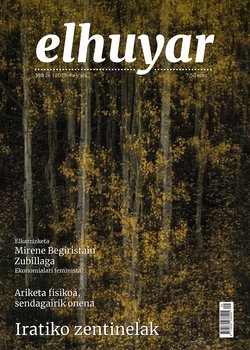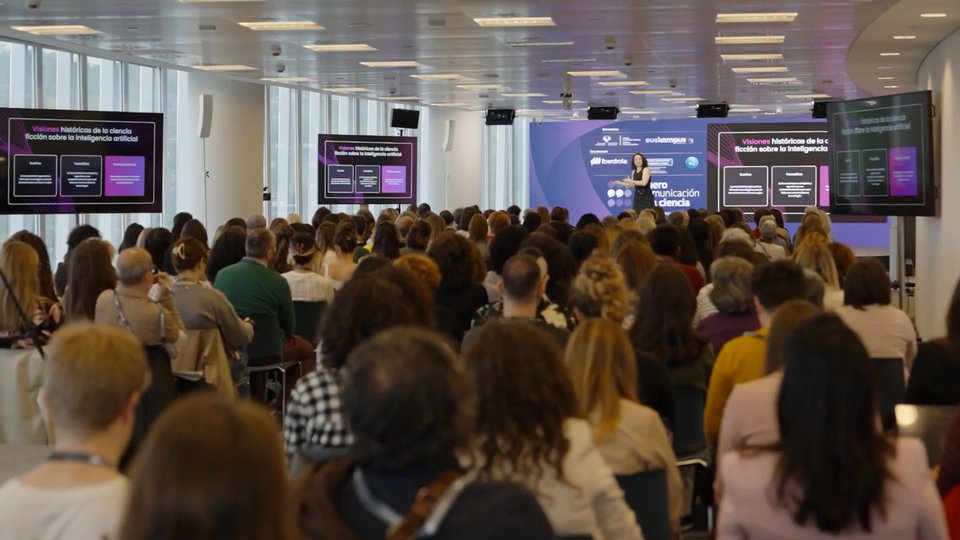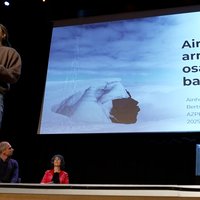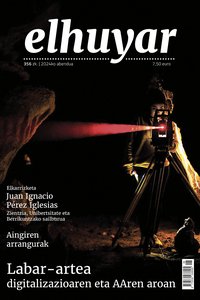Developing science and technology
What is the Science, Technology and Innovation Plan 2001-2004 and what are its main objectives?

The Science, Technology and Innovation Plan aims to develop the concepts of science and technology for the business sector and Basque society in general. These concepts are increasingly important, not only in the industrial and business world, but also in society.
This Plan is a continuation of other existing plans and aims to position the industrial sector in terms of competitiveness.
To do this, we want to reach the European technological level and invest the same percentage of money that invests Europe in research and development, 1.7% of the gross domestic product.
To achieve this goal, it must be taken into account that 22 years ago this investment was 0.069%, in 2002 of 1.5% and with this plan it is intended to reach 1.7%.
In addition, the European economy expects an investment of 3% of GDP in 2010. We also want to look to the future and achieve the same goal, strengthening the scientific and technological scope.
When defining the new plan, what criteria have you followed?

In 1993 we developed the first industrial technology plan. Then we saw the need to develop a plan that would integrate science, technology and enterprise, since it is impossible to combine these three aspects instantly.
After that initial plan we have done two more, so that little by little the science and the world of the company and the university have been composing.
For the consolidation of this plan, currently in force, more than 1,200 people participated, including a technological prospective study. In addition, we analyzed the technological needs of Basque companies and the real scientific-technological level they could offer.
A study of future markets with countries or regions of Europe was also conducted as some regions of southern Finland, Holland or Germany. At the same time, in addition, a biotech study was launched that created the Biobask project.
Therefore, participation was very important, right?
Yes, that's right. I think it is essential to collect the opinions of all the agents who will develop the plan, since otherwise it will not succeed. Communication is fundamental, the plan must offer the possibility to participate and be from bottom to top, although then you have to give a structure to everything.
He has mentioned Europe in the steps of the definition of the plan. Is Europe the only reference?
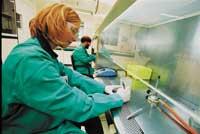
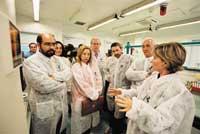
No, our view is not limited only to Europe, we have a broader view. For example, we have made institutional trips around the world and have been able to know local realities. For example, in Australia we met cooperative research centers. We were also in Korea and there we met the ‘technological miracle’, that is, the advancement of technology.
We analyze all these processes and reflect on the steps that have been taken in these countries, how researchers form, how those who have learned outside are returned, etc. We have also seen models in the United States and Canada, so, as we have said, our vision is broader.
And when we talk about Europe we also refer to the territories, regions or states closest to the ACBC, countries like Germany, Finland or Sweden. Of course, these models must adapt to our social, industrial and technological reality. Therefore, the approach is not exclusive to Europe, it is wider, as mentioned above.
What sections does the Plan have?
The Science, Technology and Innovation Plan is structured into three major sections: non-oriented basic research, key actions and finally, strategic research of each key action.
With non-oriented basic research we intend to acquire knowledge, knowledge and this field is very important to us. With key actions, for its part, the future is sought by promoting the present.
However, strategic research is a way to look into the future. That is, what are the technologies that will be developed in the future? Microtechnologies and nanotechnologies, high performance manufacturing, future transport, smart materials, microenergy, wireless technologies, biomaterials, etc. That is, strategic research is important that five, six, seven years are expected.
However, among these strategic investigations, are they all of the same importance or are some given more weight?
In general, the Science, Technology and Innovation Plan can affirm that there are sections with greater demand than others such as micro and nanotechnologies, wireless technologies, microenergies, extended digital companies or food security. However, we consider that all research within the plan is promoted, but taking into account the existing technological capacity in reality, these sections acquire greater relevance.

In addition to these sections, the aim is to strengthen relations between the university and research centers to combine the capacities of both. In other words, in Europe, the European Research Area is increasingly being heard and the aim is to integrate the research carried out throughout Europe in a coordinated manner. The same is true here: the Basque field of research must be integrated.
Do you not think that when the resources of companies and research are unified there is a risk of dispensing from basic research?
No, that's why the strategic research program looks in the medium and long term. That is, that this research is not based on something in the short term, which is not excessively applied, but is five, six years old.
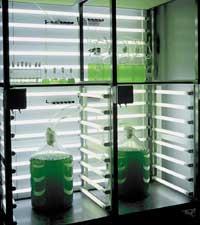
There we must also take into account another concept: quality. It requires a growing quality research with an increasing scientific-technological level. Therefore, we need to increase our technological capacity.
In fact, the scientific plans made so far have been very close to the needs of industry and the market, and the technology centers have been very close to the expectations of companies. This has given good results, but now it is necessary to increase the scientific-technological level without losing the relationship with society and industry.
Many times it is heard that there are fewer and fewer researchers. What are the intentions of the plan in this sense?
There are two aspects. On the one hand, in the elaboration of the plan, in the definition of strategic research, one of the objectives was to increase the number of researchers, that is, to form researchers, to bring external people, etc. In fact, the plan intended to increase between 200 and 300 researchers.
Now, taking into account the strategic research approved and after conducting a study, especially in technology centers, an increase in researchers is observed. Therefore, this idea is being carried out and in the coming years will be seen the number of researchers that are created.
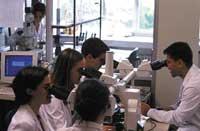
In addition, in view of the decrease in the number of researchers in Europe in recent years, there is a concern for the scarce knowledge of scientific and technological issues. For young people to have a fondness for research, they need more information.
Finally, don't you think the gap between society and the scientific community is growing?
Yes, I think that is one of the main reflections that the plan proposes. The Science, Technology and Innovation Plans are the result of a broad but insufficient process. It is not enough because it does not reach society, because the distance between the scientific community and society is great.
At this point, we are conducting in-depth studies to communicate to society the results of science, taking into account, moreover, that the applications of science are directed more and more to the use of society. That's why last year we organized the Science Week and organized it again this year, but we don't want to stay alone. We want this communication to be maintained throughout the year, for example with systematic campaigns of science and technology.
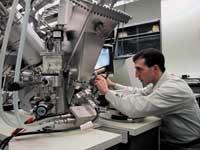
My main concern, moreover, will appear soon when we begin to define the following plan. The Plan for Science, Technology, Innovation and Society will, in short, follow up on the plans made to date. That's why we started slowly, first we developed the Industrial Technology Plan 1993-1996, then the Science and Technology Plan 1997-2000, now the Science, Technology and Innovation Plan 2001-2004 and the next will be the Science, Technology, Innovation and Society Plan.
This plan will be for the years 2005-2008, but it must be taken into account that for its definition we will need a year or more to have the participation of all agents. And, of course, we will give importance to reducing the gap between the scientific community and society.
ETORTEK: Grant Program With the implementation of the Science, Technology and Innovation Plan 2001-2004, the Basque Government launched the ETORTEK aid program. The grant program aims to promote the Basque network of science, technology and research and strategic research they carry out. With these strategic research, the aim is to acquire the knowledge necessary to respond to the short-term or medium-term challenges of Basque society, developing new business activities in sectors of future importance. Table ETORTEK 2002 presents the first call made in 2002 and the strategic projects subsidized in that year. This year's call has ended with a budget of 2,400,000 euros. As for the budgets of the next calls, 5,000,000 euros have been approved for 2004 and 6,000,000 euros for 2005. |
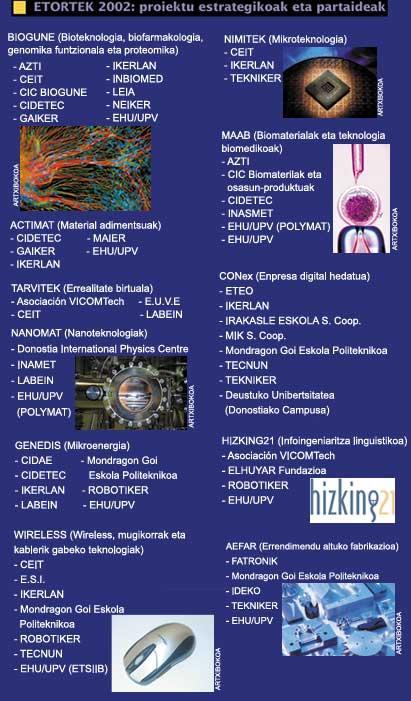
Buletina
Bidali zure helbide elektronikoa eta jaso asteroko buletina zure sarrera-ontzian


